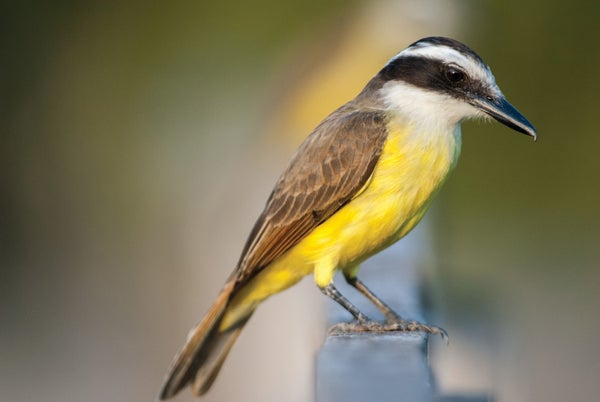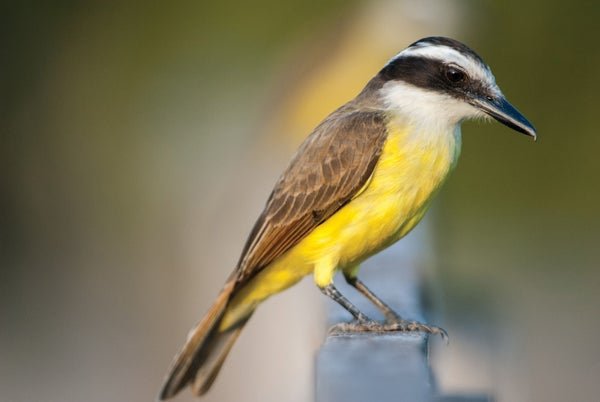October 14, 2024
2 min read
Birds Practice Singing in Their Sleep
New work listens in on bird dreams

David Plummer/Alamy Stock Photo
Scientists tell us that the family dog shuffling its legs while asleep on the floor really is dreaming. And when a bird silently nods off on its perch, it may also dream as its singing muscles twitch. Could it be rehearsing in its sleep?
A substantial proportion of bird species are songbirds with specific brain regions dedicated to learning songs, according to University of Buenos Aires physicist Gabriel B. Mindlin. His research examines connections between birds’ dreams and song production—particularly in Zebra Finches, which often learn new sounds and songs, and in Great Kiskadees, which possess a limited, instinctive song-learning capacity.
Scientists had previously observed sleeping birds making movements that resembled lip-syncing. In earlier work, Mindlin and his colleagues implanted electrodes in two Zebra Finches; for a recent study in Chaos, they did the same for two Great Kiskadees. This let them record and compare neuron and muscle activity in the sleeping birds.
On supporting science journalism
If you’re enjoying this article, consider supporting our award-winning journalism by subscribing. By purchasing a subscription you are helping to ensure the future of impactful stories about the discoveries and ideas shaping our world today.
When awake, Zebra Finches sing a well-regulated line of staccato notes. But their sleeping song movements are fragmented, disjointed and sporadic—“rather like a dream,” Mindlin says. A dozing finch seems to silently practice a few “notes” and then add another, producing a pattern of muscle activity that reminds Mindlin “of learning a musical instrument.”
Such “rehearsing” appears far less likely in the nonlearning Great Kiskadees, says study co-author Ana Amador, a neuroscientist also at the University of Buenos Aires. For the new research, the scientists ran this species’ sensor output through a mathematical model Mindlin recently developed to translate muscle movements into audible sounds. The kiskadees’ synthesized sleeping tune comprised quick, identical note syllables that sounded startlingly loud and aggressive—“more like a nightmare than a dream,” Amador says. Slumbering kiskadees frequently combined these movements with a threatening flash of head feathers, which often occurs during their territorial disputes while they are awake.
Listening in on a sleeping songbird to better understand its waking behavior—and to look for a possible link to dreams—is a lot like “cracking a code in a detective novel,” Amador chuckles.
University of Chicago neuroscientist Daniel Margoliash, whose pioneering 1990s work characterized birds’ song-learning brain regions, says the new results agree with his own observations of sleeping birds’ neurons. But he advises caution in describing this sleep activity as “dreaming.” Future work should more closely examine the sleep states the birds experience during this process, he says—including rapid eye movement (REM) sleep, a sleep stage that is closely associated with dreaming in other animals.
“Is there a distinction between replay patterns formed during non-REM and REM sleep?” Margoliash asks. Such a contrast, he adds, “is one we need to keep in mind when examining what happens when birds sleep.”








